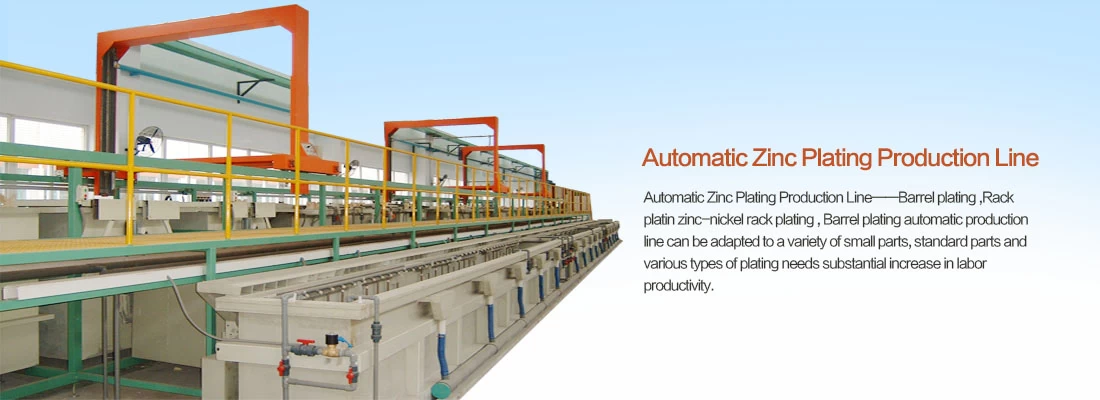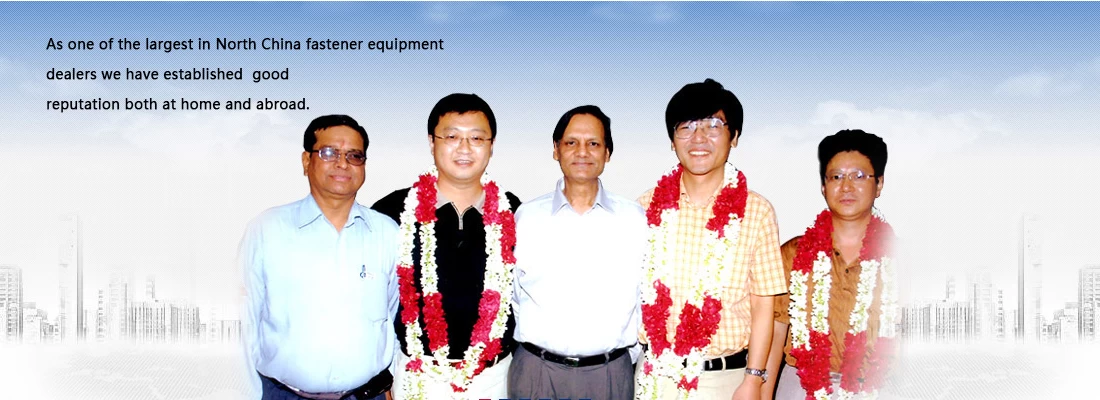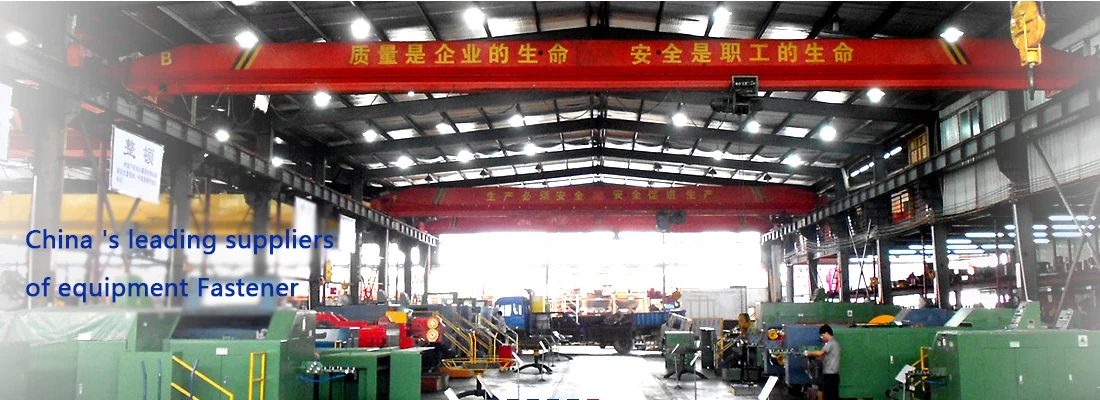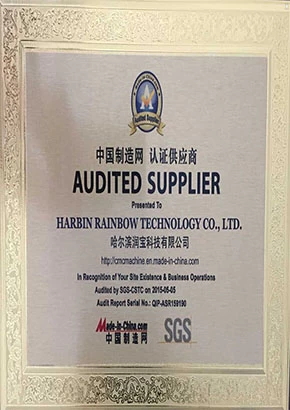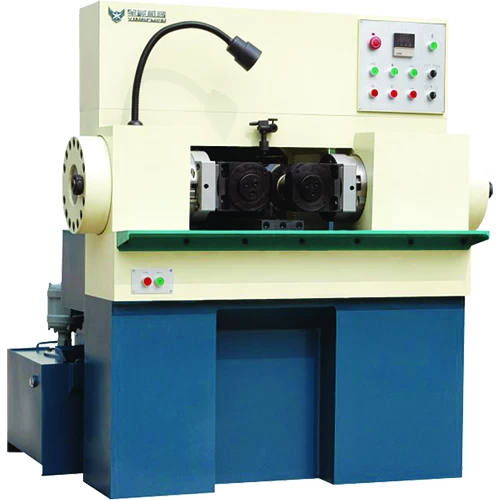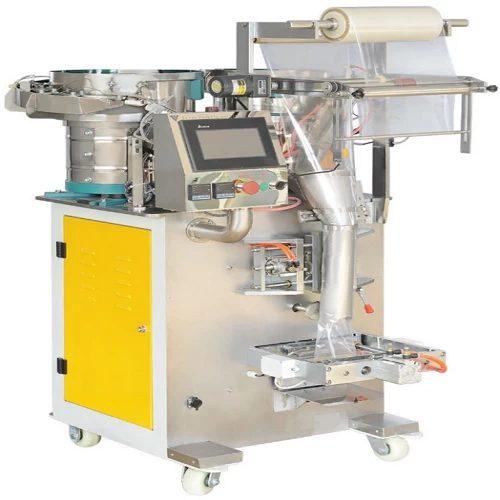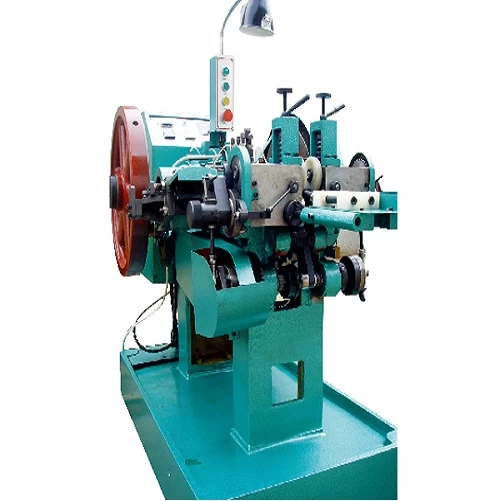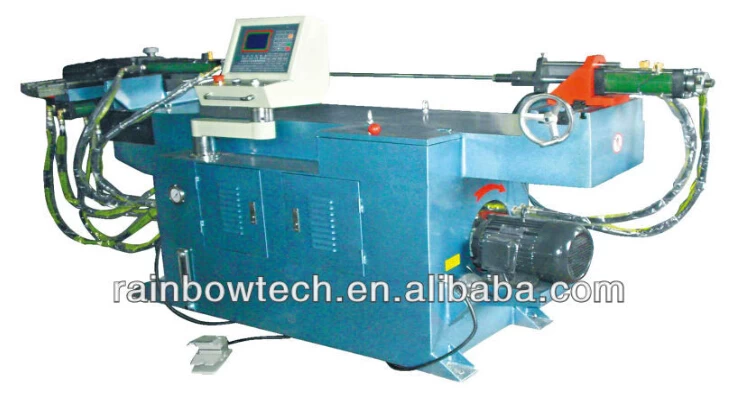Introduction to Cold Forging Machine
Cold forging is a manufacturing process used to shape metal into desired forms without the need for heat. The machine that facilitates this process is known as a cold forging machine. This article delves into the basics of cold forging machines, their operation, advantages, and applications in various industries.
What is a Cold Forging Machine?
A cold forging machine is a type of equipment designed to perform cold forging, a metal forming process where metal is shaped at room temperature. Unlike hot forging, which requires heating the metal to make it pliable, cold forging relies on applying high pressure to deform the metal. This process is typically used for metals like steel, aluminum, and copper, which have sufficient ductility to be shaped without heating.
How Does a Cold Forging Machine Work?
Cold forging machines operate by applying force to the metal workpiece, causing it to flow plastically to conform to a die. The machine consists of a frame, a ram, and a die. The ram moves forward to press the metal against the die, imparting the desired shape. The force applied can be mechanical, hydraulic, or pneumatic, depending on the type of machine.
Advantages of Cold Forging Machines
Cold forging offers several advantages over other metal forming processes. It eliminates the need for heating, which saves energy and reduces the risk of oxidation and scaling. The process also results in minimal material waste, as the metal is shaped directly from the raw material without significant loss. Additionally, cold forging produces parts with improved mechanical properties, such as increased strength and hardness, due to the work-hardening effect.
Applications of Cold Forging Machines
Cold forging machines are widely used in various industries, including automotive, aerospace, construction, and consumer goods. In the automotive industry, cold forging is used to produce engine components, gears, and fasteners. In aerospace, it is employed for creating lightweight and high-strength parts. The construction industry utilizes cold-forged products like nuts, bolts, and structural components. Consumer goods, such as household appliances and tools, also benefit from cold-forged parts.
Types of Cold Forging Machines
Cold forging machines can be categorized based on the type of force they apply:
-
Mechanical Cold Forging Machines: These machines use a mechanical linkage system to apply force. They are cost-effective and suitable for small-scale production.
-
Hydraulic Cold Forging Machines: Hydraulic machines use fluid pressure to generate the necessary force. They offer higher precision and are suitable for large-scale production.
-
Pneumatic Cold Forging Machines: Pneumatic machines use compressed air to apply force. They are less common but provide rapid cycling and are ideal for specific applications.
Maintenance and Safety Considerations
Proper maintenance is crucial for the optimal performance of cold forging machines. Regular lubrication of moving parts, inspection of dies, and timely replacement of worn components ensure the machine's longevity. Safety measures, such as guarding, emergency stop buttons, and proper training of operators, are essential to prevent accidents and ensure a safe working environment.
Future Trends
As industries strive for sustainability and efficiency, cold forging technology continues to evolve. Advances in machine design, such as the integration of automation and IoT, are expected to enhance productivity and reduce costs. The development of new materials and techniques will further expand the applications of cold forging machines in various sectors.
In conclusion, the cold forging machine is an essential tool in modern manufacturing, offering a cost-effective and efficient way to produce high-quality metal components. Its versatility, combined with the benefits of cold forging, makes it a vital asset for industries worldwide.



